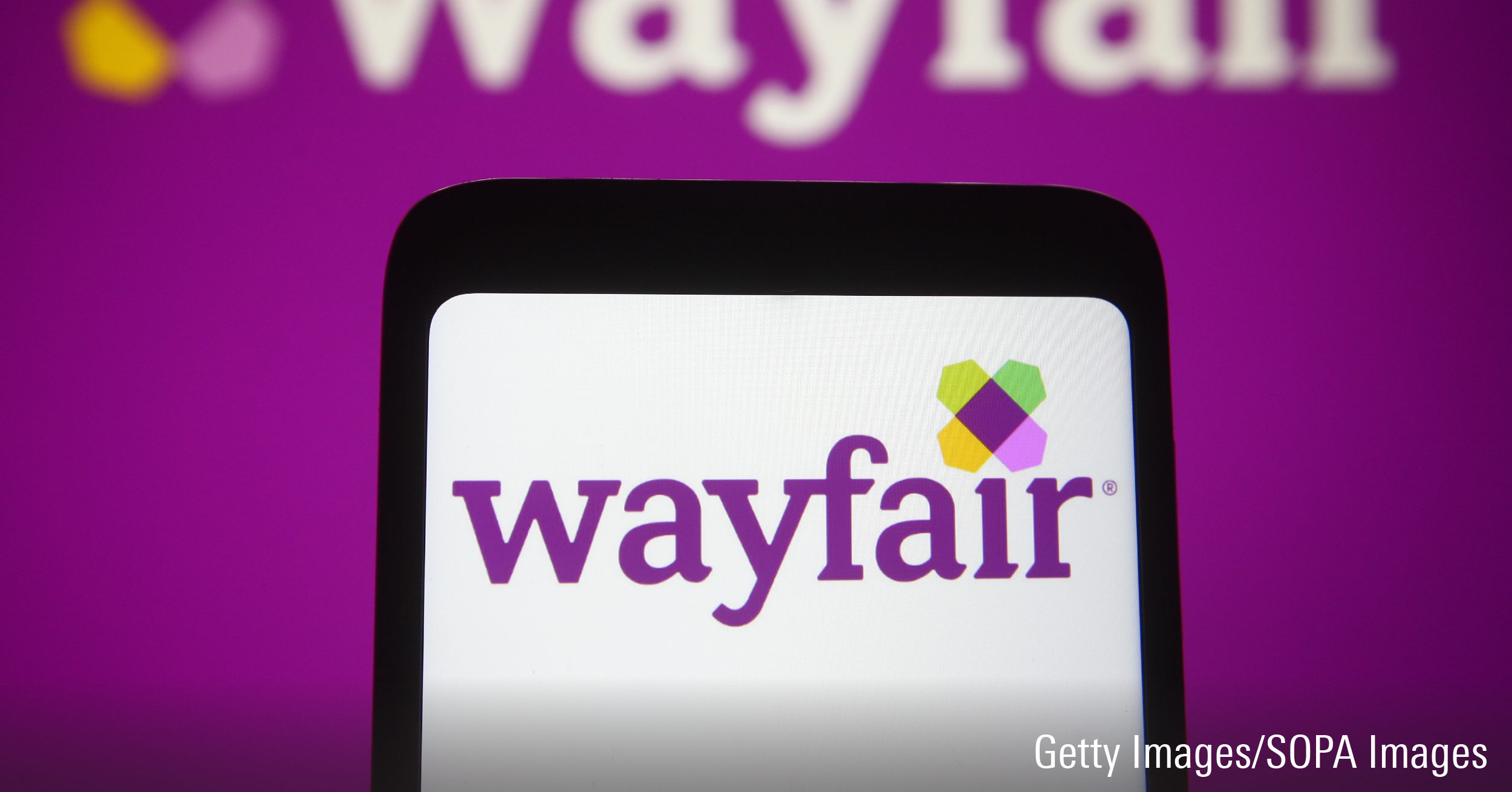Wayfair Earnings: Hefty Cost Savings Bear Fruit, Driving Profitability and Customer Investment

We plan to raise our $96 fair value estimate for no-moat Wayfair W by a high-single-digit percentage after digesting second-quarter results that exceeded our expectations. Sales of $3.2 billion and adjusted EPS of $0.21 outpaced our $3 billion and $1.00 loss estimates, respectively. Even with a high-double-digit surge in share price, we think Wayfair looks modestly undervalued. We contend sequentially improving sales declines and a stabilizing active customer count (to 21.8 million from 21.7 million), were driven by Wayfair’s breadth of multitiered offerings (coupled with better in-stock levels) and promotional activity, despite a more price-sensitive consumer. Impressively, less than one third of purchases were nonpromoted products, indicating Wayfair’s ability to facilitate conversion sales without ceding margin (gross margin of 31% was a high-water mark for the firm). Additionally, this conversion allowed Wayfair to take share—domestic sales at Wayfair experienced a 0.4% decline in the second quarter, better than the 8% average monthly decline in the U.S. furniture and home furnishing industry over the same period (U.S. Census Bureau).
The firm’s intense focus on profitability has begun to pay off, with its cost savings initiatives driving $1 billion in run rate savings over the past year. Not only was the gross margin at all-time highs, but operational costs were 360 basis points lower than we forecast, driving adjusted EBITDA margins to 4% (ahead of our around breakeven assumption and 730 basis points better than last year). Wayfair’s focus on extracting efficiencies, which has included staffing reductions, is crucial to returning the firm to profit generation under more normalized conditions after outsize pandemic-related demand. While we still see the firm reaching double-digit EBITDA margins longer term, this will be bound by the industry’s fragmented and competitive nature, which will force Wayfair to continue investing in the business to remain relevant.
The author or authors do not own shares in any securities mentioned in this article. Find out about Morningstar’s editorial policies.

/s3.amazonaws.com/arc-authors/morningstar/3559e02b-f74d-4a72-a821-b50f61ba05e9.jpg)
/cloudfront-us-east-1.images.arcpublishing.com/morningstar/ZI3W4F3IORA73KFWC7VAFNOJJ4.jpg)
/cloudfront-us-east-1.images.arcpublishing.com/morningstar/CWMPLAZER5HFBGFDFB45VCOUHI.png)
/cloudfront-us-east-1.images.arcpublishing.com/morningstar/VCYGUEZEV5DA3PVEIJNCMYA7AU.jpg)
:quality(80)/s3.amazonaws.com/arc-authors/morningstar/3559e02b-f74d-4a72-a821-b50f61ba05e9.jpg)